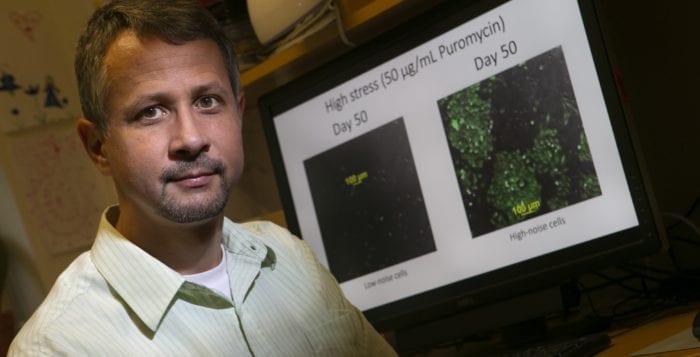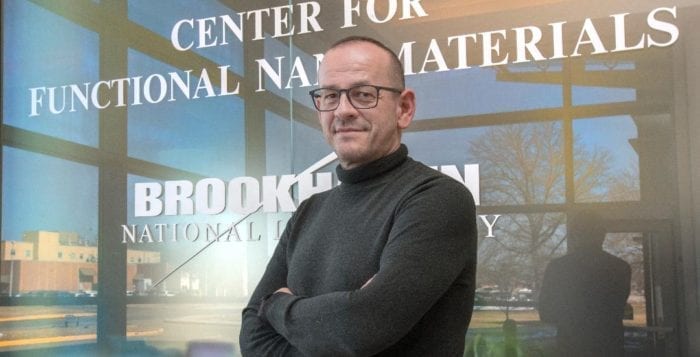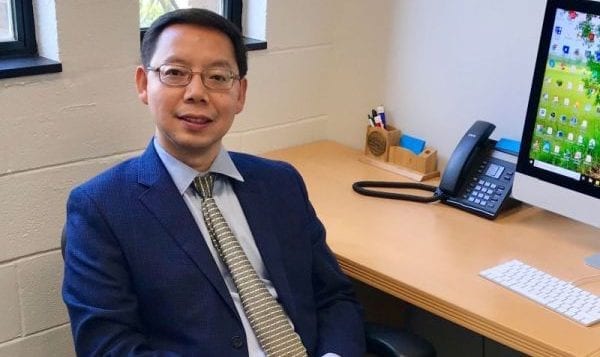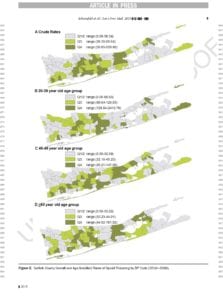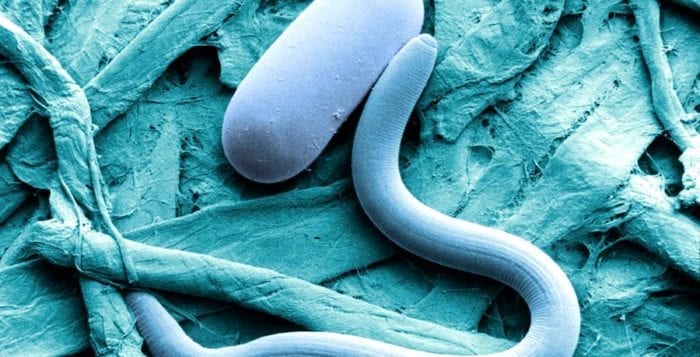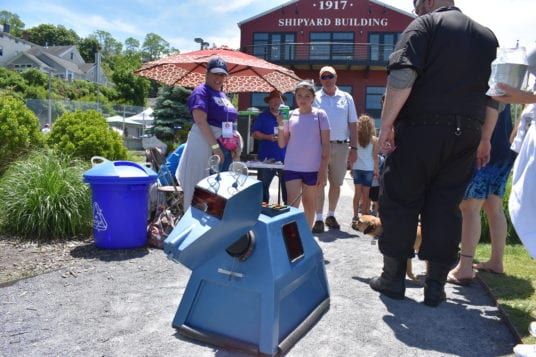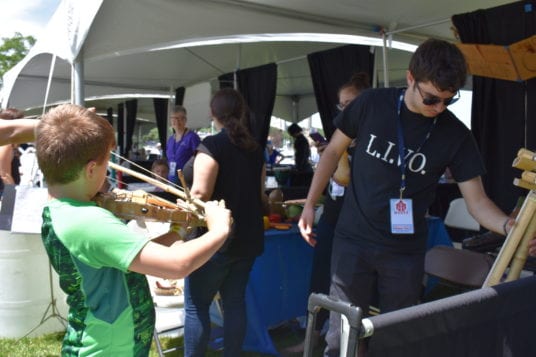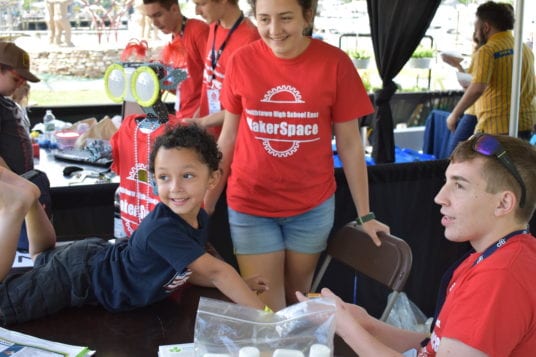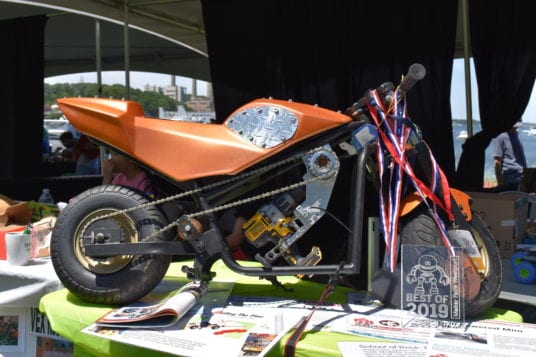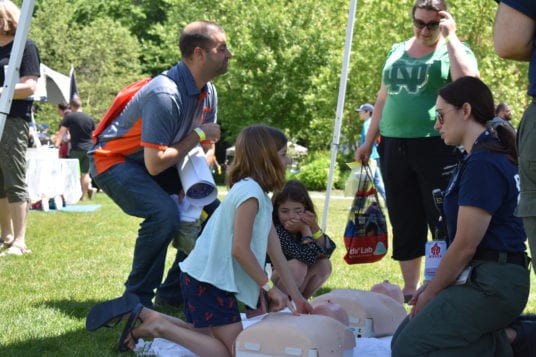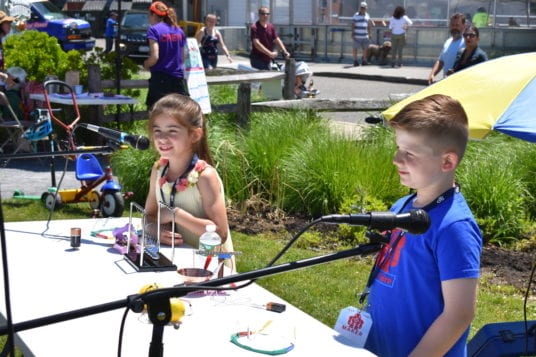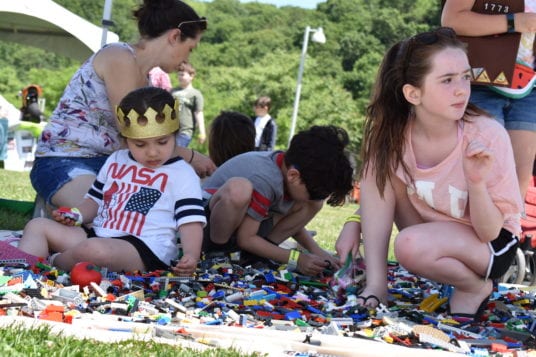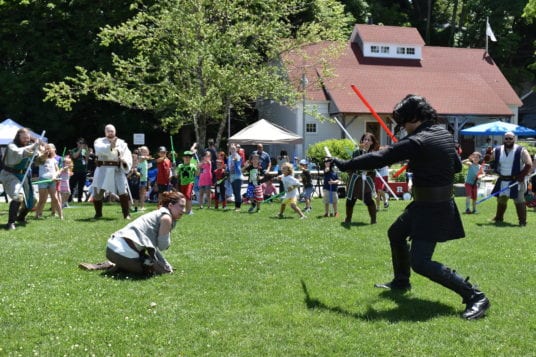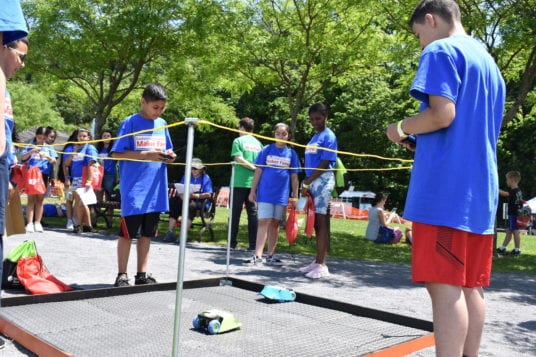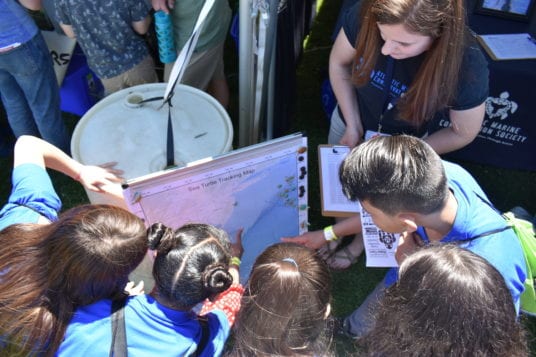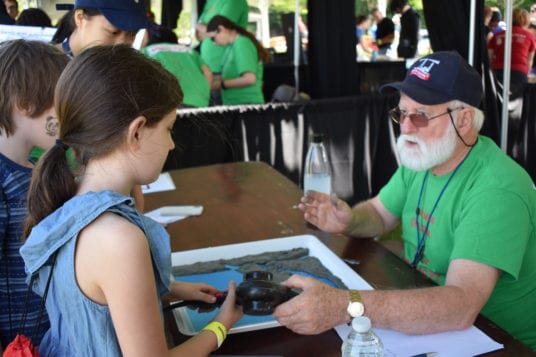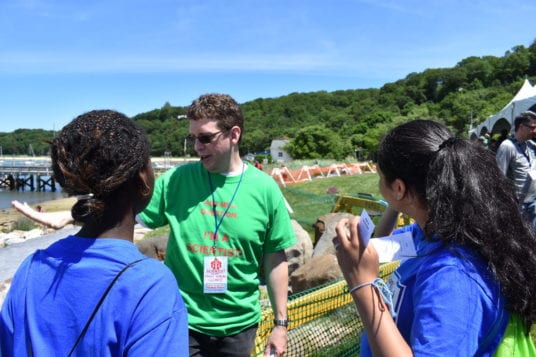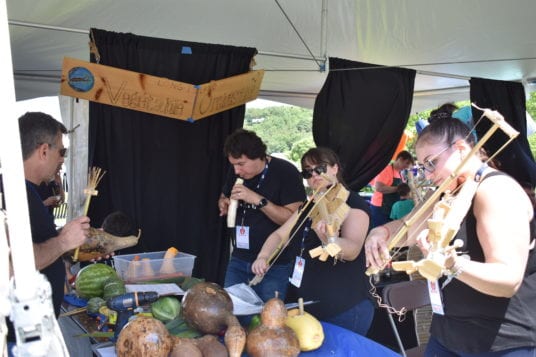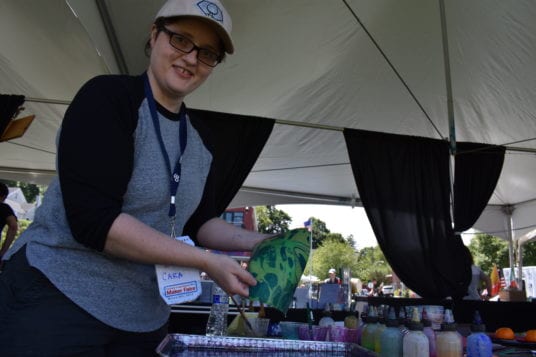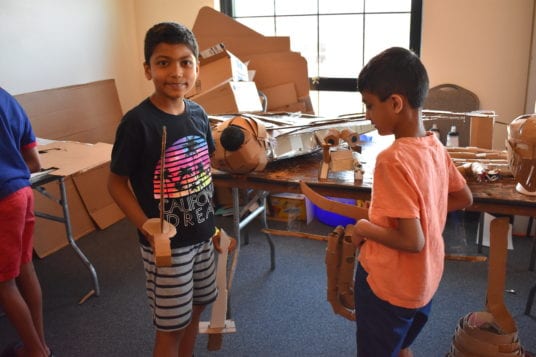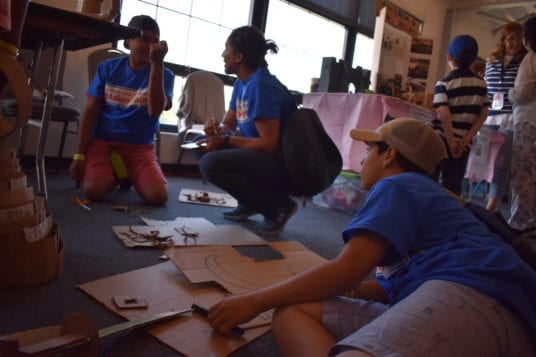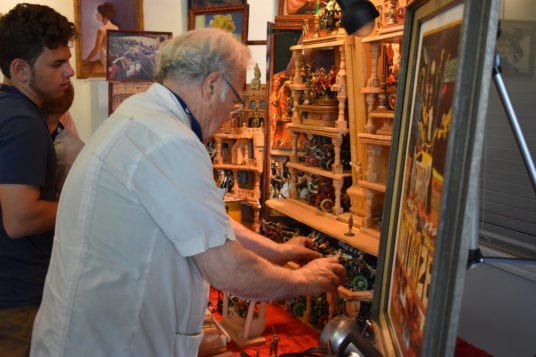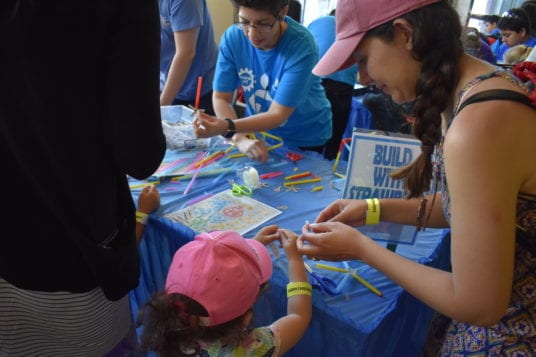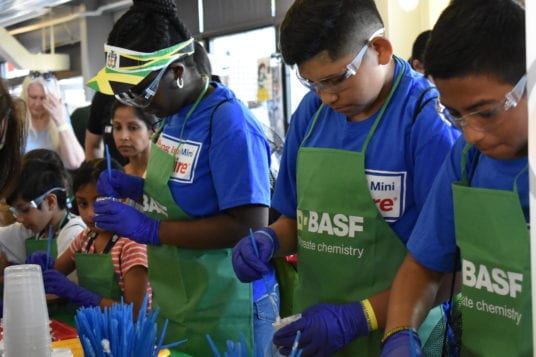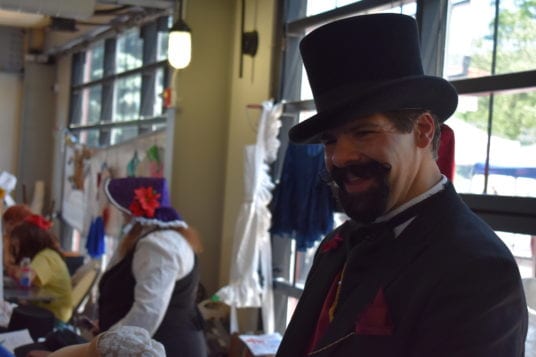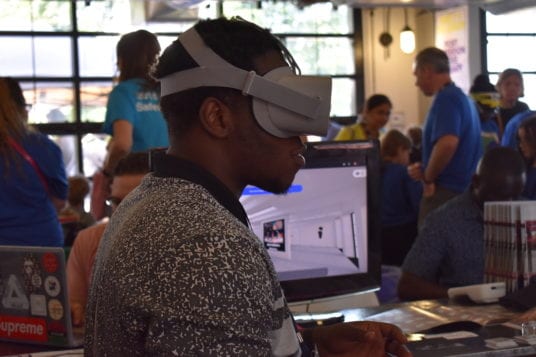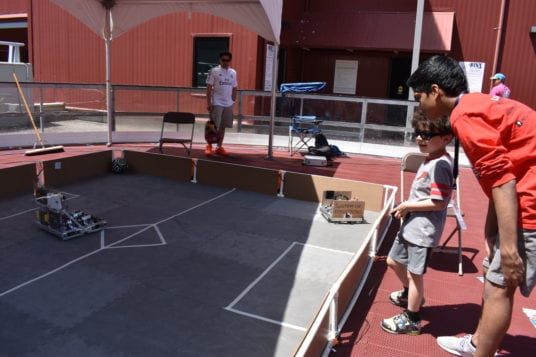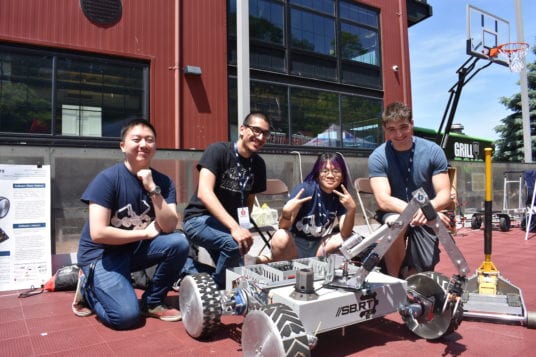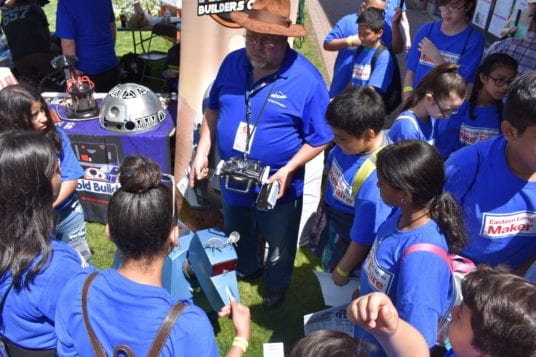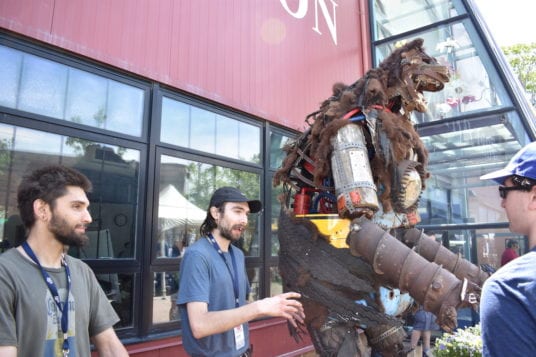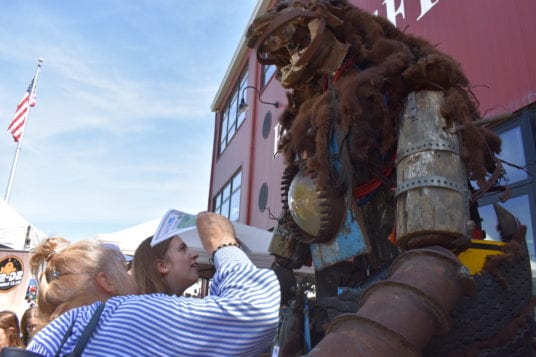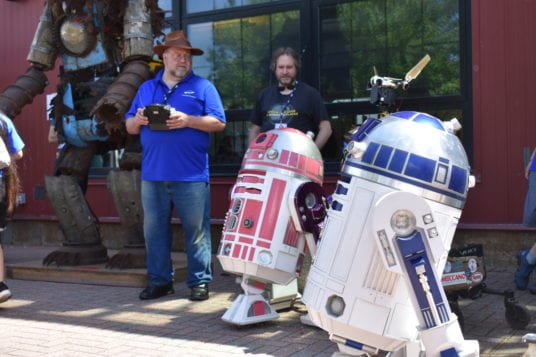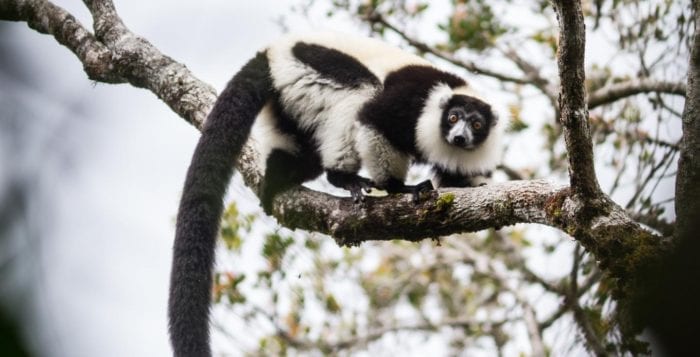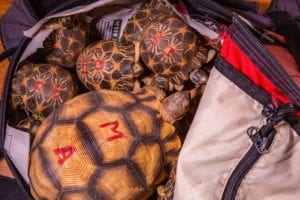By Daniel Dunaief
An innovative scientist in the world of nanostructures, Mircea Cotlet recently scored Inventor of the Year honors from Battelle.
A principal investigator and materials scientist in the Soft and Bio Nanomaterials Group at the Center for Functional Nanomaterials at Brookhaven National Laboratory, Cotlet has conducted a wide range of research over his dozen years on Long Island.
The distinction from Battelle, which manages BNL through Brookhaven Sciences Associates, honors researchers who have made significant scientific or engineering contributions that have societal or financial impacts.
“The award recognizes [Cotlet’s] ongoing contributions to materials science at BNL, specifically his work on low-dimensional semiconductors, 1-D nanowires, and tiny 0-D nanocrystals called quantum dots,” Katy Delaney, a Battelle spokesperson, explained in an email.
Researchers who have worked with Cotlet believe he deserves the honor.
Cotlet is an “extraordinary scientist” who “stands out” for his thorough work and creative approach” said Deep Jariwala, an assistant professor in the Department of Electrical and Systems Engineering at the University of Pennsylvania. Jariwala has known Cotlet for over two years and has collaborated with him over the last year.
Cotlet has “really laid the foundational ground in understanding the rules that govern charge and energy transfer across hybrid quantum confined materials systems that comprise quantum dots, organic molecules–two-dimensional materials as well as biologically photoactive materials,” Jariwala added.
The technologies will impact the science and technologies of sensing, displays and energy harvesting in the future, Jariwala predicted.
Eric Stach, a professor in the Department of Materials Science and Engineering at the University of Pennsylvania who had previously worked at the CFN, said Cotlet “tries to figure out ways of putting together disparate systems at the nanoscale.”
By combining these materials, Cotlet is able to “improve the overall performance” of systems, Stach continued. “He’s trying to tune the ability of a given material system to capture light and do something with it.”
Cotlet recently partnered self-assembled two-dimensional nanoparticles, such as the one-atom-thick graphene, with light-absorbing materials like organic compounds.
The result enhances their ability to detect light, which could be valuable in medical imaging, radiation detection and surveillance applications. The mini-partnership boosted the photoresponse of graphene by up to 600 percent by changing the structure of the polymer.
Indeed, a defense contractor has shown an interest in research they could use for low light level detection applications, Cotlet said.
Like other scientists at BNL, Cotlet not only conducts his own research, but he also helps other scientists who come to the Department of Energy facility to use the equipment at the CFN, to make basic and translational science discoveries.
Cotlet patented a self-assembly process before he published it.
He is continuing conversations with a big company that is exploring the benefits of this type of approach for one of its product, while he is also working with the technology transfer office at BNL to look at the development of photodetectors for low light applications.
“Having graphene and the conductor polymer would absorb light from ultraviolet to visible light,” Cotlet said.
The physics changes from bulk to nanoparticles to nanocrystals, Cotlet said, and he engineers the smaller materials for a given function.
“We basically like to play with the interface between different types of nanomaterials,” he said. “We like to control the light-simulated process.”
Working at an energy department site, he also has experience with solar panels and with light-emitting diodes.
Jariwala described the science as extending to interfaces that also occur in nature, such as in photosynthesis and bioluminescence. “By combining techniques and materials that we have developed and looked at, we hope to answer fundamental mechanistic questions and provide insights into long-standing questions about biological energy conversion processes,” he wrote.
As far as some of the current materials he uses, Cotlet works on graphene and the transition metal dichalcogenides and he explores their potential application as quantum materials. He tries to look for emerging properties coming out of nanomaterials for various applications, but most of his efforts are in basic science.
Jariwala explained that he and Cotlet are seeking to understand the efficient transduction of energy in quantum sized systems when they are brought close to one another in an orderly fashion.
After his upbringing in Romania, where he attended college, Cotlet appreciated the opportunity to learn from one of the pioneering groups in the world in single-molecule microscopy at the Katholieke Universiteit Leuven in Belgium, where he studied for his doctorate.
He also did a fellowship at Harvard, where he worked on unique microscopy, and then went on to conduct postdoctoral work at Los Alamos National Laboratory, where he worked on protein folding and on optimal imaging methods.
Cotlet arrived at the CFN just as the facility was going online.
“The CFN went beyond its original promise for cutting edge science,” he said. The center has been, and he continues to hope it will be, the best place he could dream of to conduct research.
The postdoctoral researchers who have come through his lab have all been successful, either leading their own projects or joining commercial teams.
Up until he was 18, Cotlet wasn’t focused on science, but, rather, anticipated becoming a fighter pilot. He discovered, however, that he had a vision defect.
“All my childhood, I was set up to become a fighter pilot,” but the discovery of a condition called chromatopsy changed his plans.
A resident of Rocky Point, Cotlet lives with his wife, Ana Popovici, who is an administrative assistant at BNL, and their middle school daughter.
As for his future work, he is interested in building on the research into quantum materials.
“I’m looking forward to trying to integrate my research” into this arena, he said.


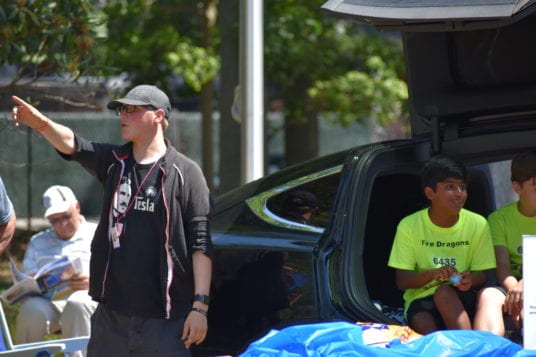
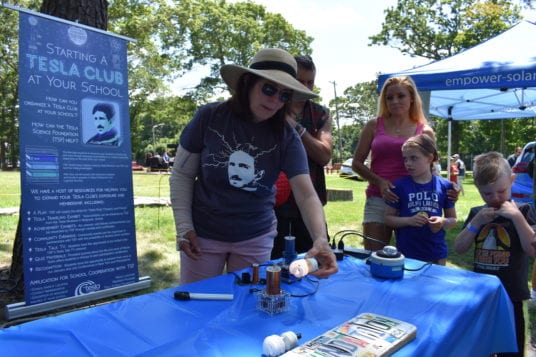
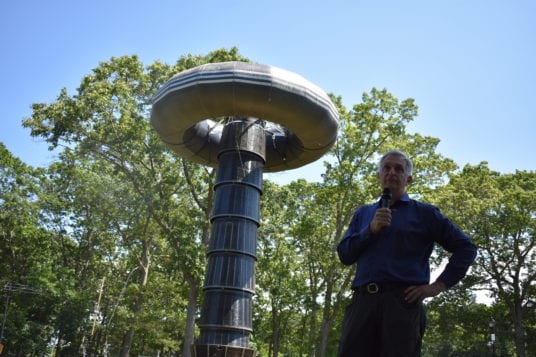
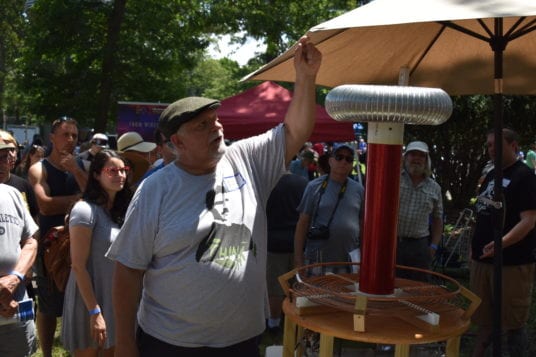

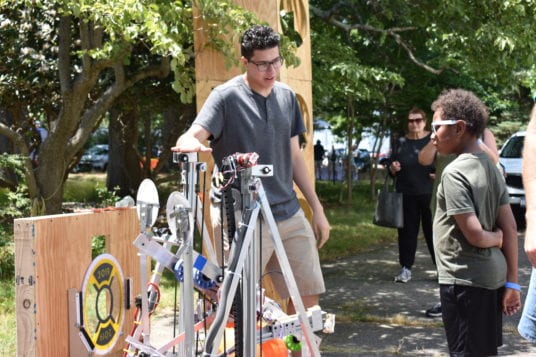
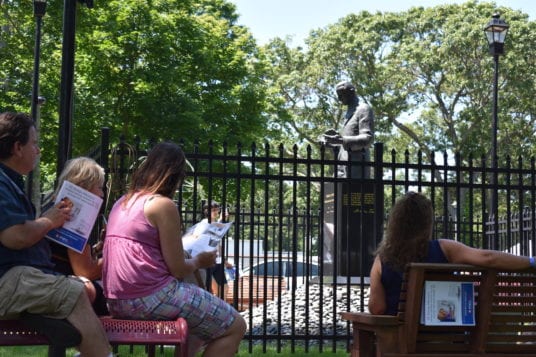
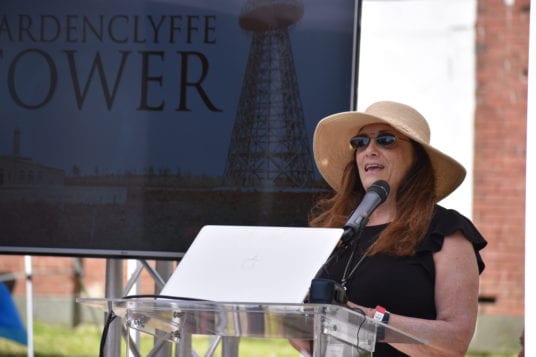
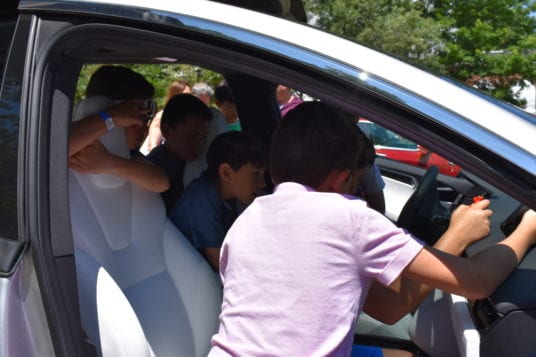
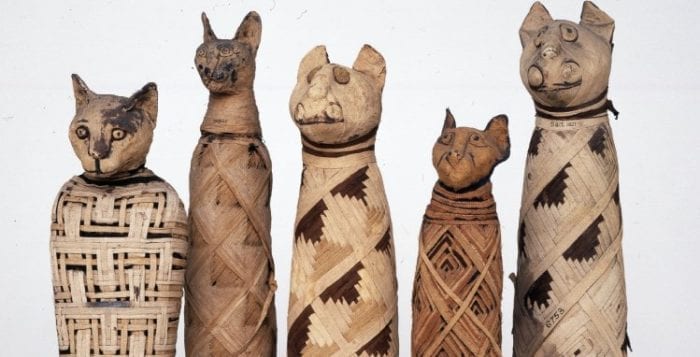

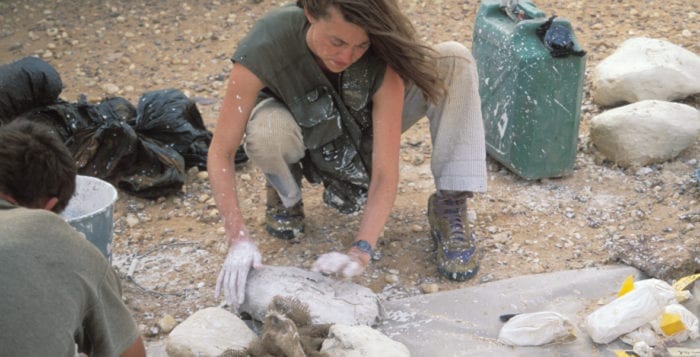
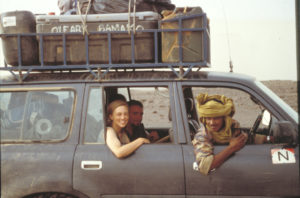
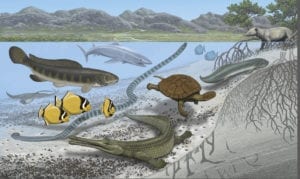
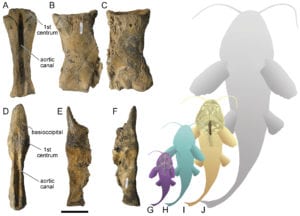 O’Leary suggested that the paper provides some context for climate and sea level changes that can and have occurred. During the period she studied, the Earth was considerably warmer, with over 40 percent of today’s exposed land covered by water. Sea levels were about 300 meters higher than current levels, although the Earth wasn’t home to billions of humans yet or to many of the modern day species that share the planet’s resources.
O’Leary suggested that the paper provides some context for climate and sea level changes that can and have occurred. During the period she studied, the Earth was considerably warmer, with over 40 percent of today’s exposed land covered by water. Sea levels were about 300 meters higher than current levels, although the Earth wasn’t home to billions of humans yet or to many of the modern day species that share the planet’s resources. O’Leary said that much of the literature for the science in Mali was in French, which had kept it a bit below the radar for scientific discourse, which tends to be in English.
O’Leary said that much of the literature for the science in Mali was in French, which had kept it a bit below the radar for scientific discourse, which tends to be in English.